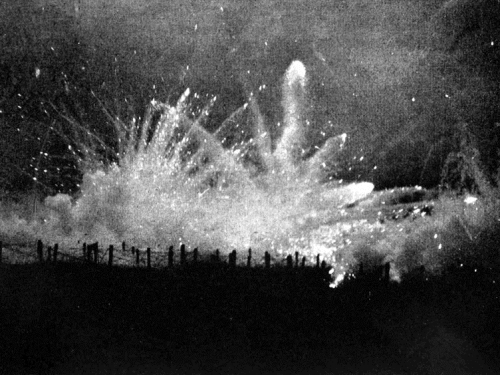
This article was originally published by Defence-In-Depth on 28 January 2015.
Republished with permission.
2015 is the hundredth anniversary of one of the most important, yet little remembered, years in the history of Britain and her armed forces. Often overshadowed by the rush to war in 1914 and the momentous offensive on the Somme in 1916, the battles that the British Expeditionary Force fought on the Western Front in 1915 (as well as the tragic Gallipoli campaign in the Mediterranean), were a key stage in the development of modern warfare.
In France and Belgium, the British fought in a variety of offensive and defensive actions throughout the year, most notably at Neuve Chapelle (10-12 March), Aubers Ridge (9 May), Second Ypres (22 April – 25 May), Festubert (15-27 May) and Loos (25 September – 13 October). Of these, the battle of Loos was the biggest. When it was fought it was the largest land battle in British military history, witnessing the first British use of poison chlorine gas (in bulky cylinders placed in the front line), and the debut of elements of Lord Kitchener’s New Army (composed of citizen volunteers), which had been raised after the outbreak of war. It was also the first time the British experienced the huge cost of major continental campaigns, suffering over 60,000 casualties in little over three weeks – with, on average, British divisions suffering a higher number of men killed in action than would be seen on the infamous 1 July 1916, ‘the first day on the Somme’. Yet this remains largely unknown.
